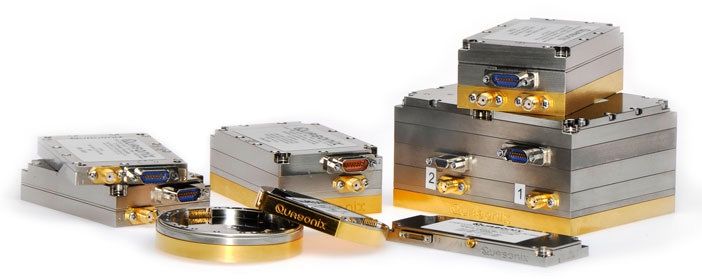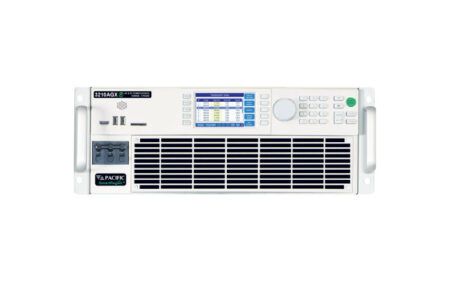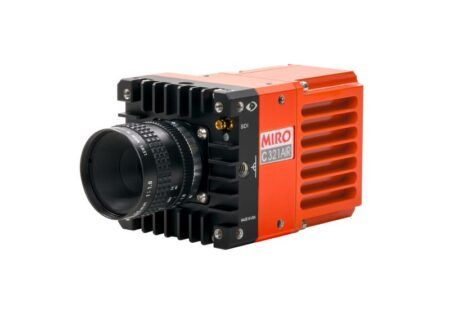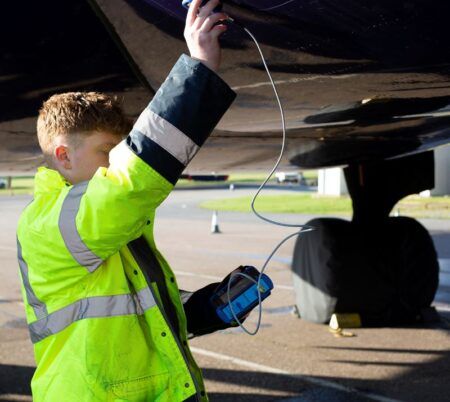Now that everyone has a radio in their pocket or purse, we all know that radio connections are prone to errors. On a cell phone, these errors manifest as garbled voice or slow downloads. When these same dropouts occur on a telemetry link between a test article and the ground station, the telemetry data is simply lost, with no opportunity of recovery. The best strategy available is to make the link more reliable – that is, to reduce the number of errors.
This is exactly what forward error correcting codes do. By introducing carefully constructed “redundant” bits into the transmitted data stream, it is possible to detect and correct received errors using a suitably equipped receiver.
There are many different coding schemes employed in communications systems. In the aeronautical mobile telemetry (AMT) market, low-density parity-check (LDPC) codes have emerged as a clearly superior choice. As a result, LDPC codes were adopted as the IRIG standard for the AMT community in 2015.
LDPC codes are linear block codes, first developed by Robert G. Gallager at MIT in 1960 and published as a monograph in 1963. But their high computational complexity made implementations impossible at that time. LDPC codes were re-discovered by David J.C. MacKay in 1996. With the use of large field-programmable gate arrays (FPGAs), compact implementations became possible. For a given bandwidth expansion, LDPC codes provide more coding gain than previous alternatives. For this reason, LDPC codes began displacing turbo codes in the late 1990s and are now widely deployed in applications demanding high performance, such as the DVB-S2 standard for satellite digital TV and Wi-Fi 802.11 High Throughput PHY.
The primary figure of merit for a coding scheme is called coding gain. This is the difference between the signal-to-noise ratio that is required with and without coding to achieve a particular target bit error rate.
There are six IRIG standard LDPC variants. While the optimal selection depends on circumstances such as available bandwidth, all are vastly superior to no coding. The typical gain with LDPC coding is around 9dB, which has extraordinary real-world implications. It is like amping up a 20-watt transmitter to 160 watts, expanding a 6ft receiving antenna to 17ft, or extending reception range from 50 to over 140 miles.
Alternately, LDPC coding is a huge win for links like compressed video that suffer degradation when even a few bits are in error. The result of LDPC coding is such a steep bit error rate curve that the channel has nearly binary performance: perfection or highly errored, with perfection being achieved deep into the area where bit errors normally occur.
Since the LDPC encoder and decoder can be implemented entirely as computations in a suitable FPGA, there is no size or weight impact and insignificant power increase. For the rare cases where LDPC decoding is not available on the ground, the LDPC encoder can be bypassed in the transmitter. Quasonix’s first LDPC units were delivered to Patuxent River Naval Air station in 2011, and LDPC coding was introduced to the telemetry community in 2013 with publications at the ETTC and ITC conferences. Quasonix has now shipped over 800 transmitters and 1,000 receivers with LDPC capability.
Errors in a telemetry link can be costly, requiring more test time to reproduce the lost data, if replicating the test is even possible. LDPC coding reduces the number of errors in a telemetry link, and it does so more cost effectively than any other approach.
This article was supplied by Quasonix.





